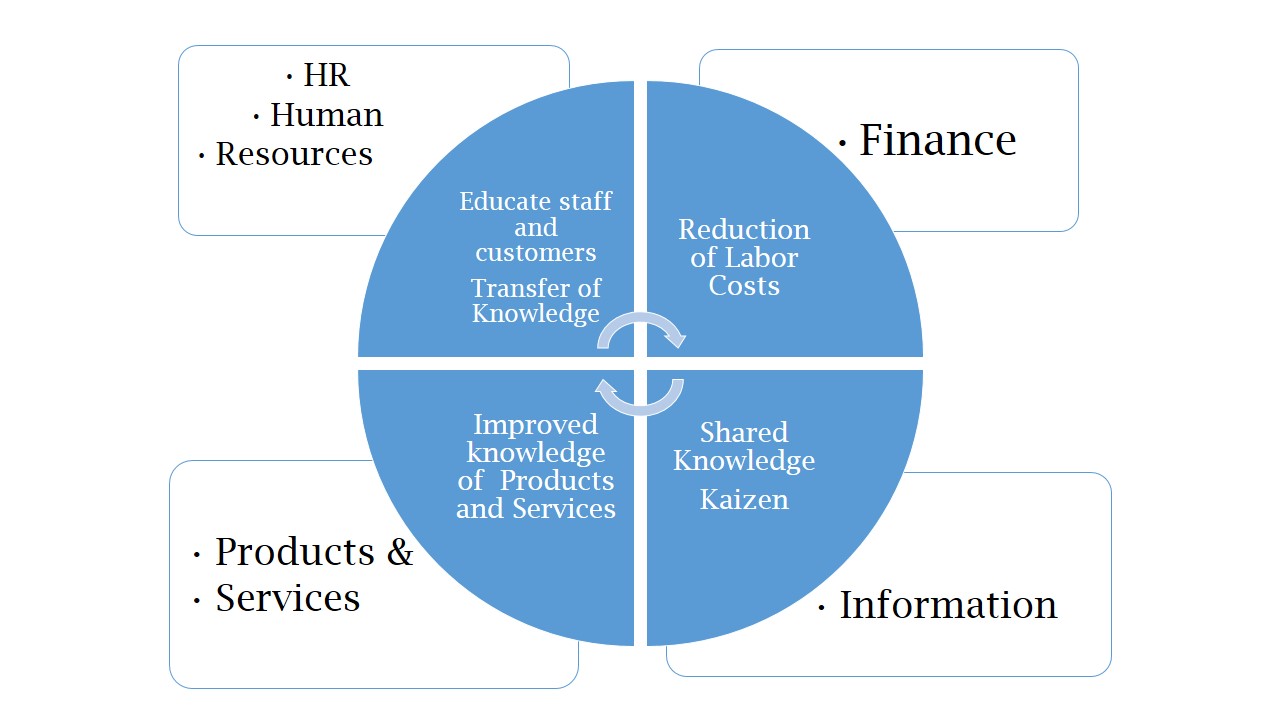The Importance of Having a Manual

In our everyday life, we have got on hold of a manual, with or without taking notice. Whether it is how to install software or how to use our mobile phones or how to run a business, manuals have been a part of our lives.
For startups, you might be wondering whether having a manual is necessary or how to make one. Let me inform you that having a manual is a big step in growing your business. Know that, not many documents are as important as a manual for any type of business.
Just for example, if you’ve bought the latest iPhone 6, there was a manual on how to use this model. Like in business, you need to have a manual on how to operate the business, how to make the product, how to give good customer service, how to make a balance sheet, and so on.
In business, the Manual of Operations relays the standards and procedures of the company.
It is a useful guide for the company to set the standards of the various operations within different departments.
Here, we will give you an overview of the different types of manuals. There are a variety of manuals depending on the industry or purpose.
Classifications of Manual
1. Product Manual
This is also called the “Instruction manual”. It is a manual that instructs users on how to use the product.
2. Installation Manual
This is a manual on how to set- up or install the product.
3. Troubleshoot Manual
A type of manual used to fix parts of the product.
4. User Manuals
A type of manual that focuses on different kinds of users- administrators, maintenance personnel, beginners, managers, or students
5. Operations Manual
This is the manual for the operations of the company or businesses. It is a set of standards and procedures for operations, work standards, and policies of the company.
6. Crisis Management Manual
A manual on how to respond to crises or tragedies such as earthquakes, fires, storms, tsunamis, or violence on the work premises.
7. Audit Manual
This type of manual is a guide on how to do or make finance reports in relation to accounting and auditing matters.
Why do we need a Manual?
Manuals are universal documents that can be understood by ordinary people. It explains certain operations and processes of different departments. With a Manual, the company can have a standard for its operations. Then, why do we need Manuals?
Avoid Information Gap
The manual gives consistency to the company. It gives us instructions and guidelines on how to do a certain thing or job. For example, when an employee is promoted to a managerial position, manuals give him/her an overview of the roles and responsibilities of that position.
Launching of new products or services
When you make a new product or service, you need to provide a Manual that contains the how-to’s, components, functionality, and processes.
Valued Customers
For customers to gain information about the product. And for consumers to understand the product well and how to get the utmost benefits from the product.
Valuable Tool
A manual is a valuable tool for understanding technical knowledge in fields such as law, construction, and finance. It is especially important for consumer electronics products, medical equipment, construction machinery, computer, and accessories.
Furthermore, this type of manual is a guide on how to do or make finance reports in relation to accounting and auditing matters. Today, an online business also requires an audit of the website. The technical audit allows you to identify errors related to the operation of the hosting and software code of the company’s website. The solution to technical problems is the basis for the subsequent successful promotion of the project in search engines. It is necessary to use tools to audit the site in order to understand the main shortcomings and correct them. Based on the audit, an action algorithm has been created that will promote your resource to the TOP search results.
Benefits of Formulating a Manual
In the process of making a manual, information in different departments of the company will be collected and organized. It will also make us aware of the different functions, processes, rules, and operations of the company and the interplay and collaboration between different departments.
The advantages of having of Manual are as follows:
1. Reduced Time and Cost to Productivity
We can improve the quality of our products and services. There will be lesser complaints and clarifications regarding how to use or how to install our products.
2. Shared Information
We can share knowledge and wisdom which are compounded before to only one person or department. For new employees, this will also reduce the time for their training since the Manual would give them the standards and procedures they need to abide by. It will also give the employees a general overview of how the company operates and their respective roles and responsibilities.
3. Reduce and Minimize risks (Risk hedge)
Businesses can avoid having misconceptions or misunderstandings; Having a Manual sets the rules, guidelines, and policies of the company operations.
Manual also set the standards for the company to ensure profitability and growth.
4. Maximize the potential
Manuals are universal to the company. For example, when a business outsources certain functions, a Manual provides consistency and quality assurance. Referring to a Manual increases the productivity and profitability of the company
5. Avoid the “Knowledge trap”
Having a manual avoids “knowledge traps”. This means information or processes that are only known to one specialist or expert in that field. The worst case scenario in any company is having only one person who knows this knowledge or skill and is capable of doing that particular role or job.
Thus, manuals are an essential tool to avoid knowledge traps. Since Manuals explain in layman’s terms, any technical data or information of that specific department or field of work, which can be understood by ordinary people. Having said this, a manual can relay knowledge and information to staff, thus, improving work performance and productivity.
Relation of Company Resources and Manual

As the business grows, you need to revise or update the manual every now and then. The manual is key for Knowledge Management at all levels and improves company performance.
To enable access to the Manual, make use of Cloud services where everyone can access specific manuals anywhere, anytime.











